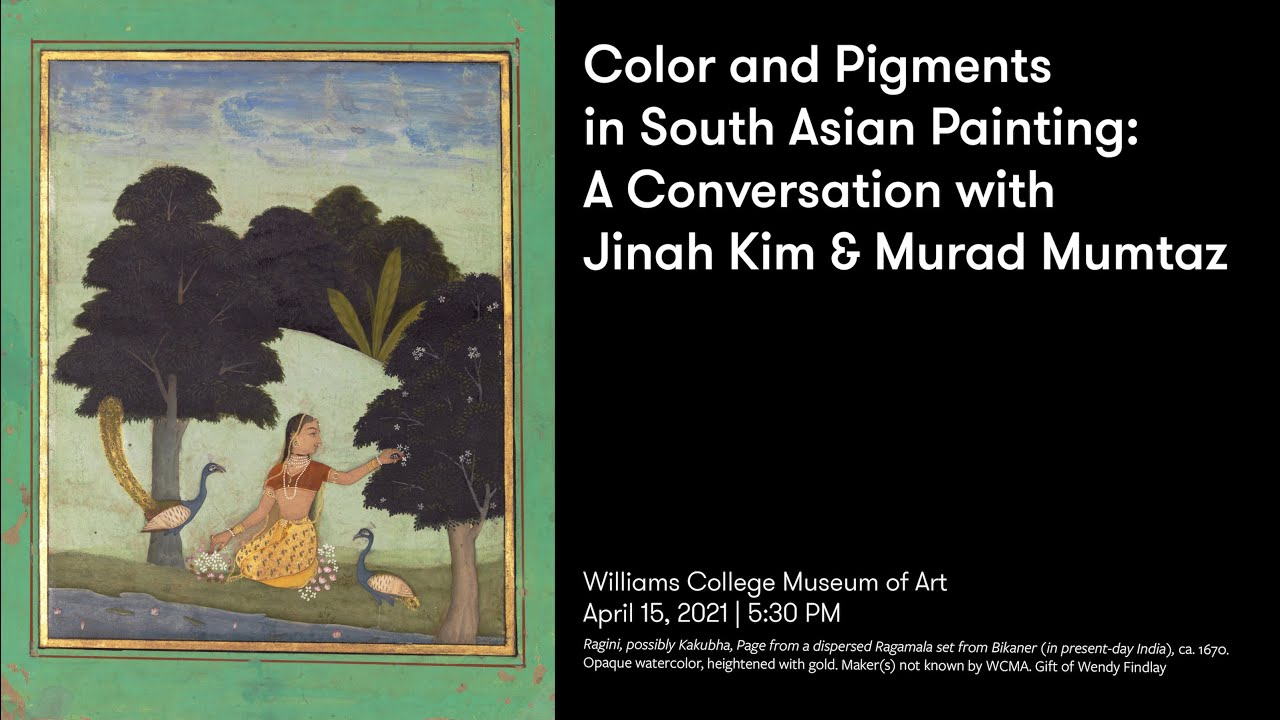South Asian pigments represent a vibrant aspect of the region’s rich artistic tapestry, deeply intertwined with its cultural heritage and art history. These natural colorants have adorned Indian manuscripts and traditional artwork for centuries, captivating beholders with their brilliance and depth. Recent advancements in pigment analysis have unveiled intricate details about these materials, enabling art historians to accurately document the diverse palette used by artists. The creation of a comprehensive pigment database specifically focusing on South Asian art paves the way for deeper understanding and appreciation of its unique color practices. By mapping the origins and components of these pigments, researchers are shedding light on the historical significance and indigenous knowledge surrounding color usage in this culturally rich area of the world.
Exploring the world of South Asian colorants reveals a trove of insights into the region’s artistic traditions and methodologies. This exploration encompasses various natural dyes and hue derivations that have been employed in ancient compositions and craftworks, illustrating a palette that is both intricate and historically significant. By delving into pigment analysis and engaging in a detailed color examination, scholars and conservators can unveil the stories encapsulated within Indian artworks. Such research not only enriches our understanding of the cultural legacies that shaped these art forms but also encourages a more inclusive approach in documenting artistic practices across diverse cultures. Therefore, the study of South Asian colorants is vital for preserving and appreciating the nuanced history and practices embedded in the region’s artistic heritage.
Exploring South Asian Pigments: Richness and Diversity
South Asian pigments represent a vibrant and diverse aspect of cultural heritage, reflecting the region’s long-standing artistic traditions. The palette of colors used by artists in this area has evolved over centuries, influenced by local materials and historical interactions with neighboring cultures. The Mapping Color in History Project aims to document these pigments through a systematic database, providing essential insights into the art historical context of South Asia. By analyzing indigenous and imported pigments, researchers endeavor to create a comprehensive understanding of color usage and its evolution in Indian manuscripts and other artworks.
The project sheds light on the multitude of colorants traditionally used in South Asian art, many of which have remained under-documented. Jinah Kim’s commitment to mapping these pigments drives an exploration of regional sources, debunking the presumption that colorants must have European origins. As such, artistic practices are being reevaluated in the historical narrative of art history, highlighting the craftsmanship and creativity of South Asian artists who utilized local resources like minerals and botanical dyes to create their masterpieces.
Frequently Asked Questions
What are South Asian pigments and their significance in art history?
South Asian pigments are colorants derived from natural minerals, plants, and synthetic compounds used historically in South Asian art and manuscripts. They hold significant value in art history as they reflect the cultural heritage, artistic practices, and indigenous knowledge of colorants that have evolved over centuries in the region.
How can the pigment database help researchers studying South Asian art and cultural heritage?
The pigment database developed through the Mapping Color in History Project serves as a crucial tool for researchers, offering detailed analyses of pigments used in South Asian art. It allows users to access information on various artworks, including pigments’ origin, composition, and usage, thereby enhancing the understanding of cultural heritage and artistic techniques specific to the region.
What techniques are used to analyze pigments in Indian manuscripts?
Analysts utilize non-destructive techniques such as imaging, x-ray fluorescence, and Raman spectroscopy to examine pigments in Indian manuscripts. These methods enable researchers to identify the composition and characteristics of pigments without damaging the artwork, providing insights into historical color usage and artistic choices.
Why is there a focus on indigenous knowledge of pigments in South Asian art research?
The focus on indigenous knowledge of pigments is essential because it challenges the historical notion that colorants in South Asia were predominantly imported from Europe. By exploring indigenous sources and techniques, researchers can uncover the rich history and unique palettes of South Asian art, contributing to a deeper understanding of its cultural heritage.
What role do contemporary artists play in the study of South Asian pigments?
Contemporary artists, such as those collaborating with the Mapping Color project, help bridge historical practices with modern techniques. By analyzing pigments used in their work, researchers gain insights into traditional methods and materials that have persisted through generations, enriching the study of South Asian pigments in cultural heritage.
How does the Mapping Color in History Project contribute to future art historical research?
The Mapping Color in History Project contributes to future art historical research by providing an open-access pigment database that links artwork analysis with scientific methods. It enables scholars and the public to explore the history of South Asian pigments, fosters interdisciplinary collaboration, and serves as a foundation for continued research into the rich tapestry of South Asian art.
What challenges are faced when mapping the origins of pigments in South Asian artworks?
Mapping the origins of pigments in South Asian artworks presents challenges due to the lack of precise historical data regarding the date, location, and creator of many pieces. This ambiguity necessitates extensive research and comparative studies to improve attribution and deepen understanding of the context in which these artworks were created.
How do historic pigments from South Asia differ from their European counterparts?
Historic pigments from South Asia differ from European counterparts in terms of their material sources, composition, and the techniques used to create them. As revealed in the Mapping Color project, some pigments previously thought to be imported from Europe may actually have indigenous origins, highlighting the distinct artistic traditions and innovations present within South Asian cultural heritage.
| Key Point | Details |
|---|---|
| Discovery of Cobalt | In 2016, cobalt was detected in a 15th-century Indian manuscript, raising questions about the sources of pigments in South Asian art. |
| Mapping Color in History Project | An ongoing project since 2018 to create a database of pigments used in South Asian art, challenging the focus on Western European pigment research. |
| Collaboration and Interdisciplinary Approach | The project is collaborative, involving digital humanities, conservation scientists, and art historians to create a comprehensive database. |
| Non-Destructive Analysis Techniques | The project uses imaging, x-ray fluorescence, and Raman spectroscopy to study pigments without damaging artworks. |
| Partnership with Contemporary Artists | Collaboration with artists like Babulal Marotia helps to connect historical materials with contemporary practices. |
| Challenges in Mapping Origin Locations | Historic paintings often lack specific details about their date, location, and artist, complicating mapping efforts. |
| Future Developments | Efforts to enhance the database with more artworks and visualization tools are planned to improve research on South Asian pigments. |
Summary
South Asian pigments play a crucial role in understanding the region’s rich art and cultural heritage. The “Mapping Color in History Project” aims to shed light on the indigenous use of colorants in South Asian art, challenging the prevailing notion that such pigments were primarily imported from Europe. By utilizing modern scientific techniques and interdisciplinary collaboration, this initiative not only expands our knowledge of historical pigments but also links contemporary artistic practices with traditional materials. As more research unfolds, the understanding and appreciation of South Asian pigments will grow, revealing the vibrant tapestry of its artistic legacy.




